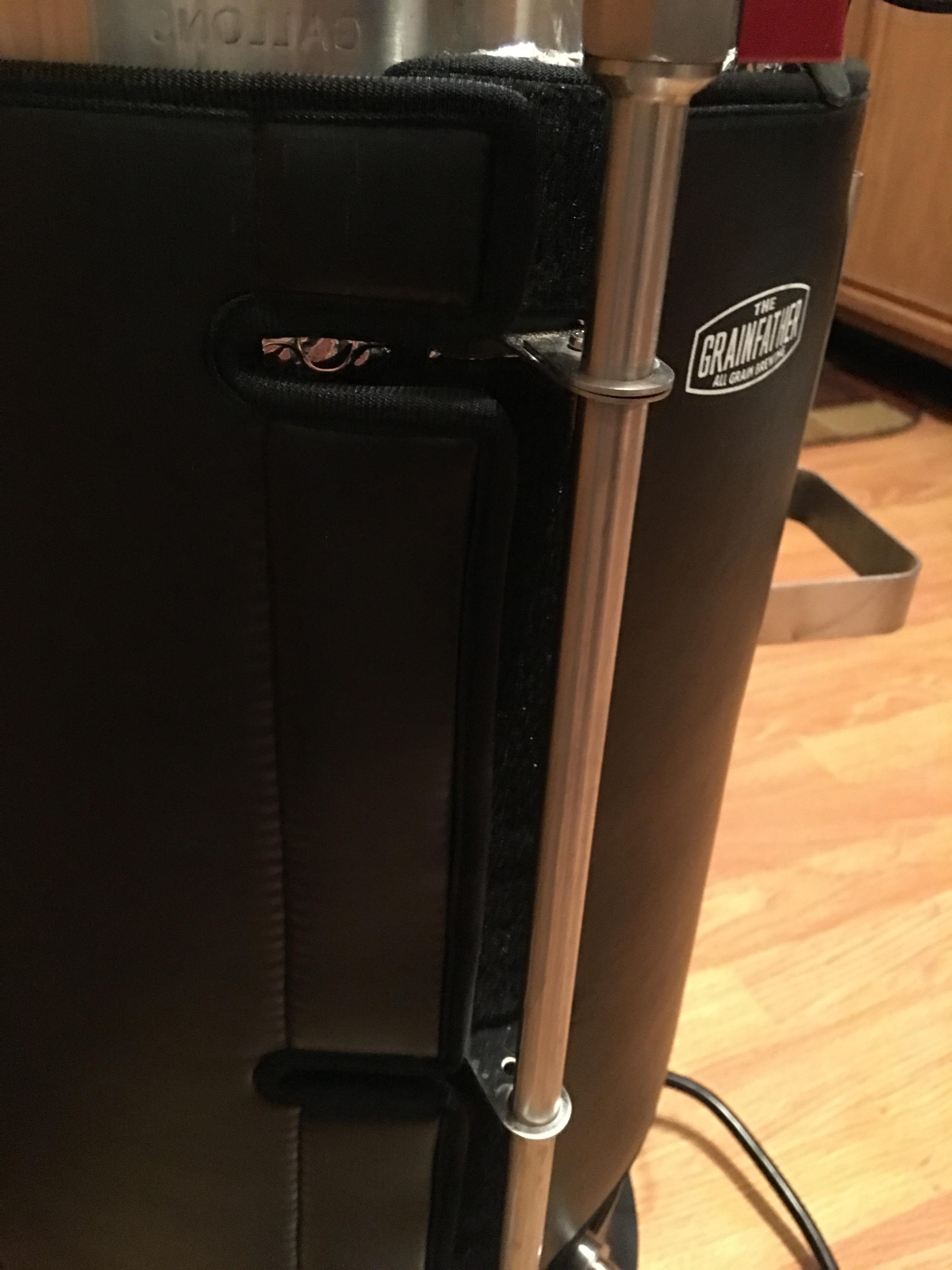treacheroustexan
Well-Known Member
Hello all,
First Grainfather brew today. 110V U.S. system with the grain coat.
All went well, with small exception that I knocked the silicone cap off of the filter just as I came up to boil. My fault - aggressive stirring, paddle too low and rotation in exactly the wrong direction. Fortunately, it was a low hopped ale (2.5 oz total) and the pump somehow managed to do its job, albeit slowly...
Brewhouse efficiency was 80.5%, which seems a little low from what many are reporting, but much higher that I was getting via my old batch sparge system. Pre-boil gravity was 1.048 (estimated 1.047) and OG followed suit at 1.053 (estimated 1.052).
I did collect more wort than anticipated. I was shooting for a 6 gallon batch and collected 6.4. I started the process with 7.4 gallons prior to the 60 minute boil. Most of my brews are 60 minute boils and I'm interested in what others are getting.

Using the calculator on the GF site and a 60 min. boil, my volumes have been exact every time over the past year.









